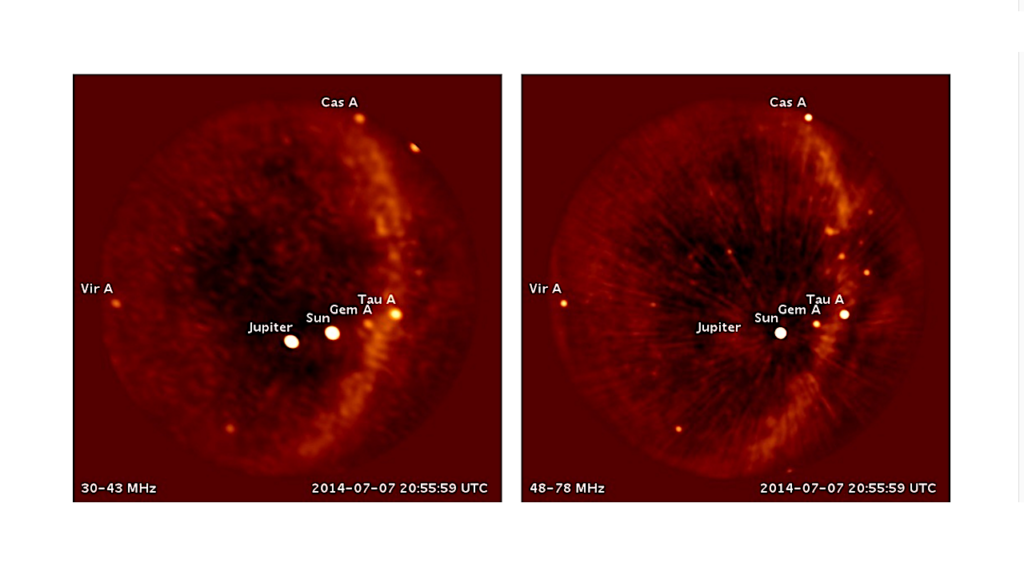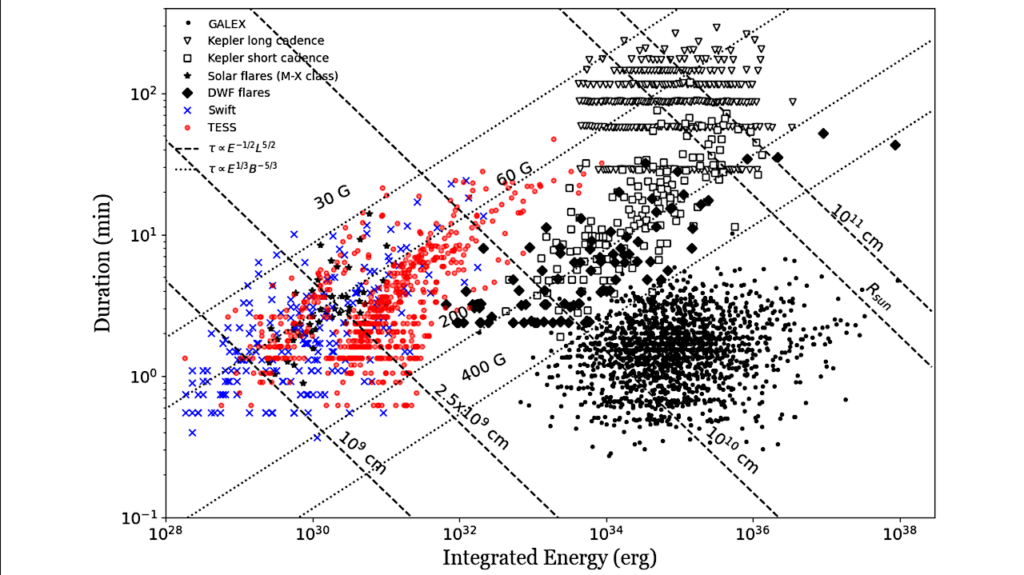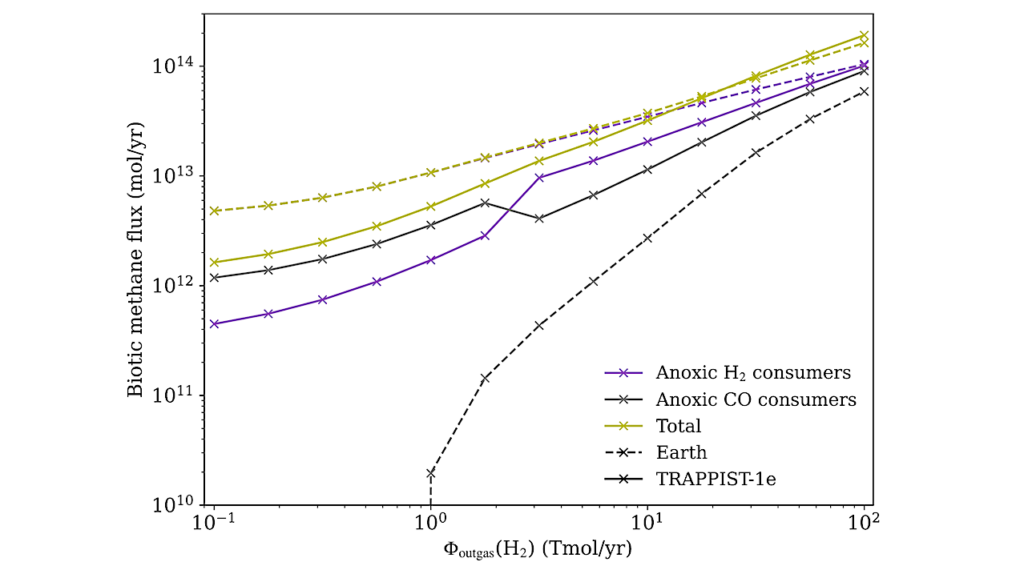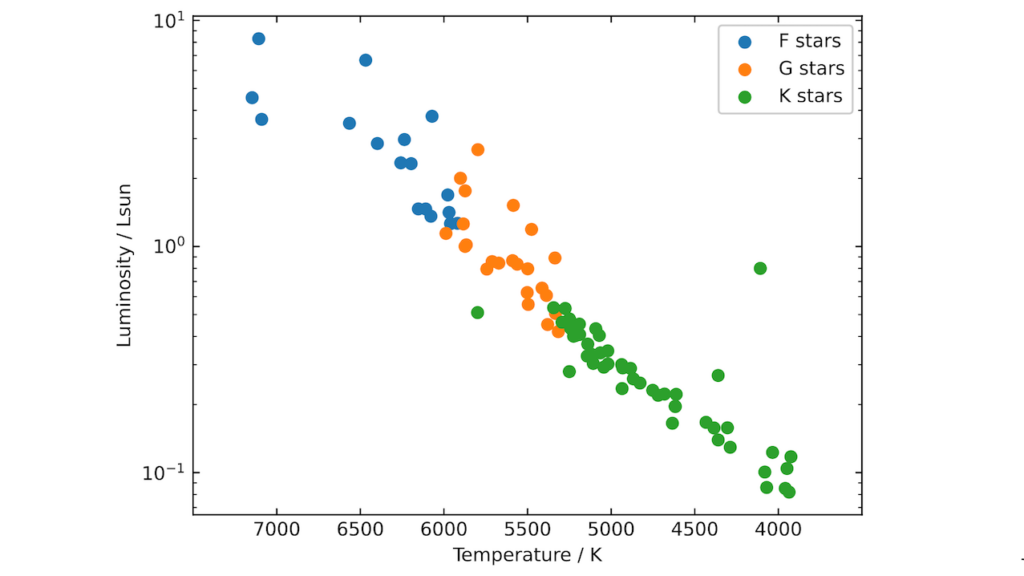Life As The Only Reason For The Existence Of N2-O2-Dominated Atmospheres

The Earth’s N2-dominated atmosphere is a very special feature. Firstly, N2 as main gas is unique on the terrestrial planets in the inner solar system and gives a hint for tectonic activity.
Studying the origins of atmospheric nitrogen and its stability provides insights into the uniqueness of the Earth’s habitat. Secondly, the coexistence of N2 and O2 within an atmosphere is unequaled in the entire solar system. Such a combination is strongly linked to the existence of aerobic lifeforms.
The availability of nitrogen on the surface, in the ocean, and within the atmosphere can enable or prevent the habitability of a terrestrial planet, since nitrogen is vitally required by all known lifeforms. In the present work, the different origins of atmospheric nitrogen, the stability of nitrogen dominated atmospheres, and the development of early Earth’s atmospheric N2 are discussed. We show why N2-O2-atmospheres constitute a biomarker not only for any lifeforms but for aerobic lifeforms, which was the first major step that led to higher developed life on Earth.
Laurenz Sproß, Manuel Scherf, Valery I. Shematovich, Dmitry Bisikalo, Helmut Lammer
Subjects: Earth and Planetary Astrophysics (astro-ph.EP); Atmospheric and Oceanic Physics (physics.ao-ph)
Journal reference: Astronomy Reports 2021, Vol. 65, No. 4, pp. 275-296
DOI: 10.1134/S1063772921040077
Cite as: arXiv:2103.09264 [astro-ph.EP] (or arXiv:2103.09264v1 [astro-ph.EP] for this version)
Submission history
From: Laurenz Spross
[v1] Tue, 16 Mar 2021 18:19:14 UTC (2,464 KB)
https://arxiv.org/abs/2103.09264
Astrobiology,








